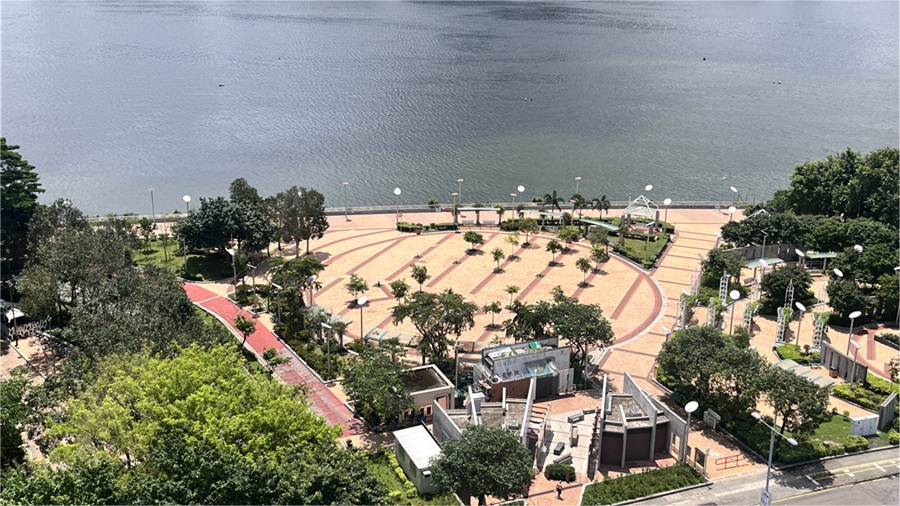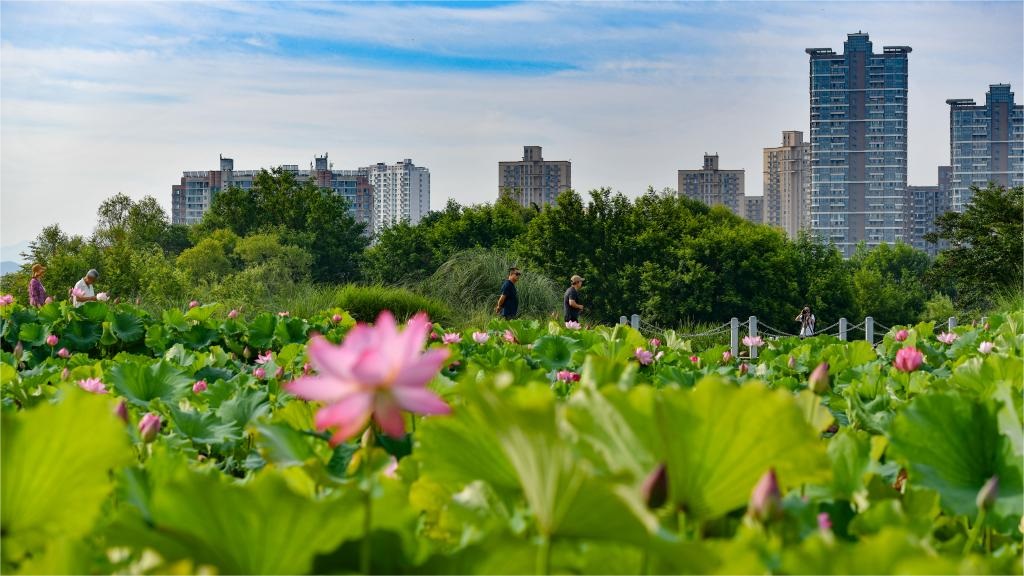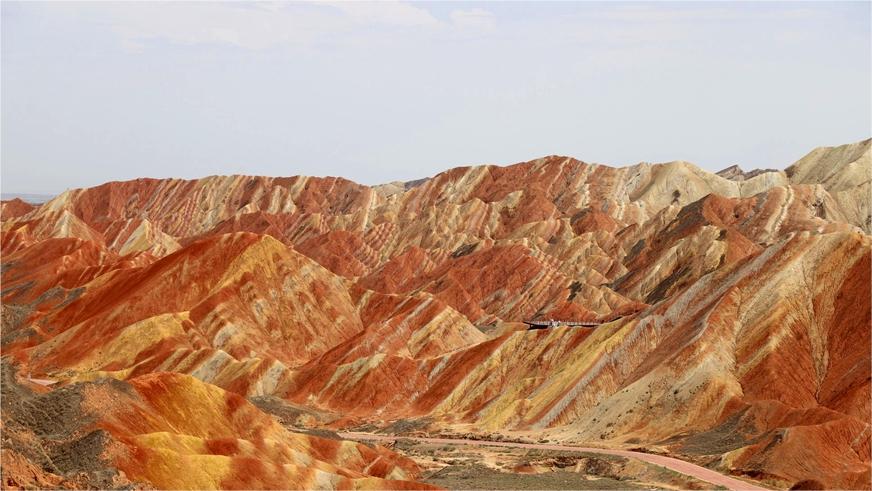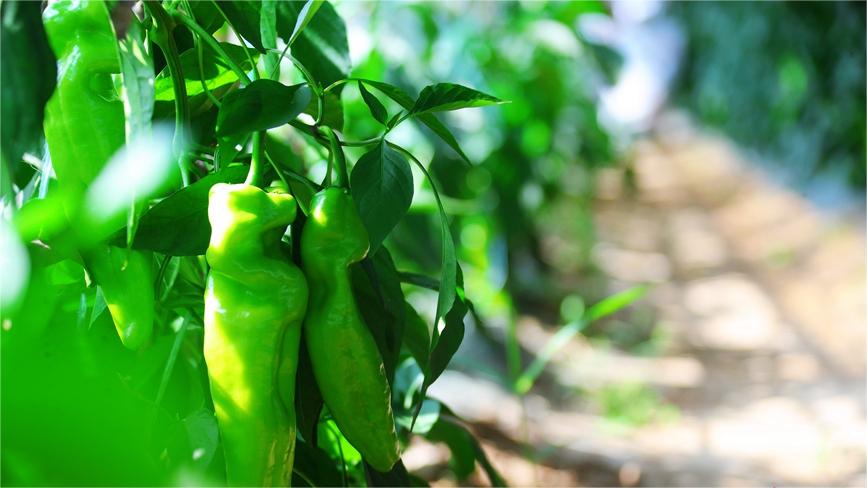"Neo-Chinese style tourism" popular among Chinese people
Since the beginning of this year, "neo-Chinese style tourism," characterized by new cultural travel experiences such as museum trips, ancient city and town tours, intangible cultural heritage exploration, and activities involving traditional Chinese Hanfu clothing experiences, has become increasingly popular among Chinese people.
"Neo-Chinese style tourism" integrates traditional Chinese elements with new fashions, enabling tourists to enjoy immersive experiences of cultural and tourism activities and appreciate the charm of fine traditional Chinese culture.
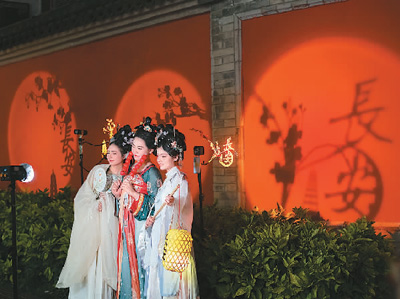
Tourists dressed in traditional Chinese costumes pose for group photos at the Datang Everbright City, a tourist landmark featuring a grand street with characteristics of the Tang Dynasty (618-907), in Xi'an, capital of northwest China's Shaanxi Province. (Photo/Weng Qiyu)
This year, "neo-Chinese style tourism" ushered in a boom in traditional festivals including the Spring Festival, Qingming Festival, and Duanwu Festival, becoming a new highlight in the tourism market.
On China's online travel agency Ctrip, over 100 scenic spots offered tourists opportunities to experience traditional folk customs related to the Duanwu Festival, including picking mugwort, making sachets, watching intangible cultural heritage performances, and Hanfu photography.
Many scenic areas launched traditional culture experience activities such as dragon boat racing, making sachets, and making zongzi, which are glutinous rice dumplings wrapped in bamboo leaves, attracting crowds of tourists.
Traditional festivals have sparked people's enthusiasm for "neo-Chinese style tourism," which in turn facilitates the inheritance and development of traditional culture behind these festivals.
In recent years, museums across China have explored innovative exhibition methods that cater to visitors' diverse interests, including intelligent exhibitions, interactive experiences, short videos and livestream sessions, and the development of cultural and creative products, to drive the growth of museum tours.
Data from several online travel platforms shows that museums such as the Palace Museum, the National Museum of China, the Emperor Qinshihuang's Mausoleum Site Museum, and the Sanxingdui Museum remain extremely popular. During holidays, it's hard to get tickets to these museums.
In Luoyang, an ancient capital city in central China's Henan Province, it's common to see tourists wearing Hanfu outfits. Data from Meituan, a leading e-commerce platform, shows that there are nearly 2,000 stores related to Hanfu clothing in the city.
Technologies contribute to the innovation of "neo-Chinese style tourism." The Shaanxi History Museum in northwest China's Shaanxi Province has launched a series of offline activities focusing on historical figures, national treasures, and historical anecdotes from the Qin Dynasty (221 BC-207 BC). The museum has offered visitors cultural experiences by leveraging multimedia projection, animations, and interactive games, enabling them to learn about the stories behind artifacts in interesting ways.
Photos
Related Stories
- Feature: Foreign vloggers captivated by China's safety, cleanliness and modernity
- Foreign tourists drawn to SW metropolis by visa-free policies, enhanced convenience
- NE China boosts cultural tourism industry
- China sees major rebounds in outbound, inbound tourism
- Homestays bringing tourism to Tianjin
- China now has 85 national-level tourist resorts
- China's robust tourism, consumption in Dragon Boat Festival holiday
- China’s travel surge continues as Dragon Boat Festival expected to further stimulate domestic consumption
Copyright © 2024 People's Daily Online. All Rights Reserved.






